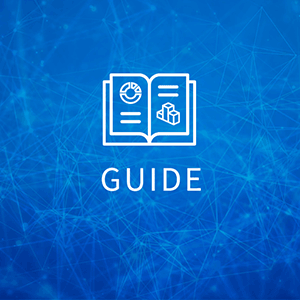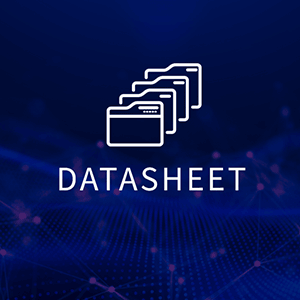Since the announcements from AWS re:Invent in late November, we’ve updated our free Cloud Comparison tool to include a slew of new features announced by AWS as well as new features from the other top public cloud providers Microsoft Azure, Google Cloud Platform, and IBM Cloud.
If your organization is already using or examining multiple clouds, you know that it can be difficult to compare the different services available in each one. RightScale Cloud Comparison supplies a side-by-side comparison of the equivalent service names from each cloud provider along with convenient links to the relevant pages on their respective websites.
Here are the latest features and services from the public cloud providers now available in the free Cloud Comparison tool:
New Google VMs with Lots of vCPU and RAM
Google added larger VMs to its standard, highmem, and highcpu families with up to 96 vCPU. These are all in beta right now. Google also added a new megamem instance type with 96 vCPU and 1433 GB of RAM. megamem instances are in private beta and are only available in a limited number of regions. These new instances bring Google closer to AWS and Azure who offer instances with 128 vCPUs and up to 4TB of memory.
AWS Adds Bare Metal Instances
At re:Invent, AWS announced public preview for i3.metal instances, which offer 2 CPUs (72 vCPUs) and 512 GiB RAM. The key difference between i3.metal and dedicated instances is that you now get direct access to the processor and other hardware. IBM has offered bare metal for many years, but neither AWS nor Azure offers this option.
Azure Adds Reserved Instances, Cloud Comparison Now Includes Discounts
With the addition of the Azure Reserved Instances (RIs), we’ve now added a new section to Cloud Comparison that shows you how the different discount options from the cloud providers stack up.
AWS Launches New Region in Paris
The new Paris region includes three availability zones and enables AWS customers to store French user data in France to comply with the country’s strict data sovereignty laws.
AWS Expands Container Options
Amazon expanded its Elastic Container Service to add support for Kubernetes (EKS). This is an acknowledgement that Kubernetes has won the container orchestration battle and helps Amazon match Kubernetes options from Google, Azure, and IBM. To counter the lead of Google’s Kubernetes, Amazon also introduced AWS Fargate, a server that runs containers directly without requiring a cluster orchestrator.
AWS Pulls Ahead with Higher SLAs
AWS also announced an increase in the EC2 SLA from 99.95 to 99.99 percent, which translates to less than 53 minutes of downtime in a year. In contrast, Azure and Google remain at 99.95 percent SLA, which allows up to 4 hours and 23 minutes of downtime per year before SLA credits are issued. IBM continues to offer a nominal SLA of 100 percent, but only offers a credit when there is a consecutive 30 minutes of downtime. This is far behind the other cloud providers who offer a credit after only one minute of downtime.
AWS Expands Database Options
AWS added Amazon Aurora Serverless to its fleet of database options. This serverless database is in preview and enables you to automatically and quickly scale up and scale down database instances based on your application usage. You can even scale all the way down to zero. With Amazon Aurora Serverless, you can achieve significant cost savings for databases where the load is variable or occasional. AWS is also offering in limited preview a new fully managed graph database, Amazon Neptune, which supports a number of popular graph models. IBM offers a graph database option as well (Compose for JanusGraph).
Cloud Management
Take control of cloud use with out-of-the-box and customized policies to automate cost governance, operations, security and compliance.
Amazon Plays Catch-Up on Machine Learning
Amazon added SageMaker for building machine-learning models and added a set of specialized machine-learning services such as Translate, Transcribe, Comprehend, and Video Rekognition. With Google, Azure, and IBM already offering machine-learning model building, these new capabilities from Amazon help fill in a hole in the AWS offering.
Amazon Extends Application Services
Amazon also announced a new queuing service (Amazon MQ), new media services for transcoding, and a slew of new IoT services. These added depth for Amazon, but other cloud providers have services in these areas as well.
Amazon Extends Security Services
AmazonGuardDuty provides for continuous threat detection and provides a partial counter to the existing Azure Security and Compliance Service.






